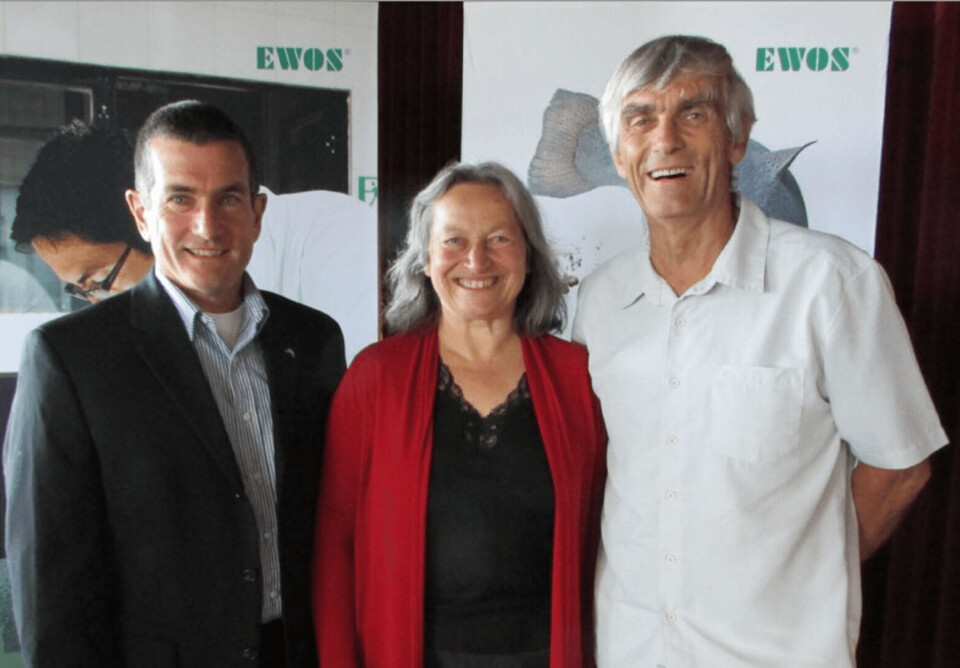
BC’s warm water concerns
The BC Centre for Aquatic Health Sciences and industry partners recently held a workshop on how best to adapt to problems caused by warming waters in the province.
BC is already experiencing record temperatures and water restrictions this year, making last month's workshop for marine conservationists and aquaculturists, entitled Coping with Warming Waters a very timely event.
Organized by the BC Centre for Aquatic Health Sciences (BC CAHS), and sponsored by Cargill and Pentair, the Campbell River workshop brought together experts in the field to discuss the implications of warming water temperatures on fish health.
Dr Tony Farrell, from the University of BC, explained how acclimation can help with small increases in temperature, and how greater adaptation and thermal tolerance can be achieved through genetic-assisted selective breeding.
However, wild populations of salmon do not have the benefit of selective breeding. Last summer, water temperatures in the Fraser River Basin hit temperatures of 21 degrees, which for migrating sockeye salmon, is bad news.
By implanting temperature recording devices in sockeye, Farrell and his research team were able to record internal fish temperatures throughout the migration and retrieved them on the spawning grounds after the fish died. Rain storms mid-summer helped to bring water temperatures down which helped the sockeye survive the spawn, however if temperatures in that range (~ 20 degrees) occur in the future, spawning success of salmon will be negatively affected.
Another speaker at the workshop, Dr Barbara Nowak, from the University of Tasmania, spoke about the Australian experience, where farmed salmon routinely live in ocean temperatures of about 16 degrees C. Amoebic Gill Disease (AGD) is a frequent challenge for the industry there, and farmers must treat infected fish with freshwater baths. However, as freshwater in the area is scarce, the industry is experimenting with deep water cages which have access to lower water temperatures. Furthermore, a joint government-industry breeding program is in place, selecting broodstock for AGD resistance and temperature tolerance.






















































